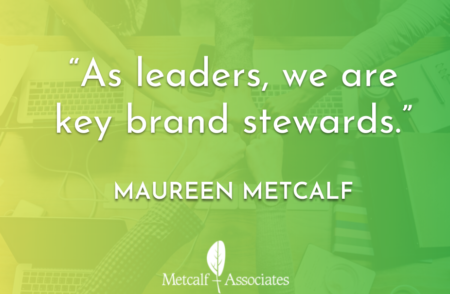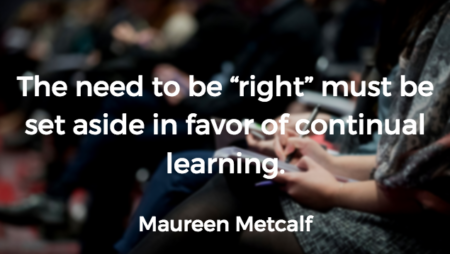Five Key Ways Leaders Can Drive Brand Value
This post is from a Forbes article written by Maureen Metcalf in collaboration with Brad Circone....
Read Moreby VoiceAmerica | Jul 12, 2018 | Business | 0 |
This post is from a Forbes article written by Maureen Metcalf in collaboration with Brad Circone....
Read Moreby VoiceAmerica | Mar 21, 2018 | Business | 0 |
How to Create a Culture of Innovation and Learning March 20, 2018/0 Comments/in Authentic...
Read More


